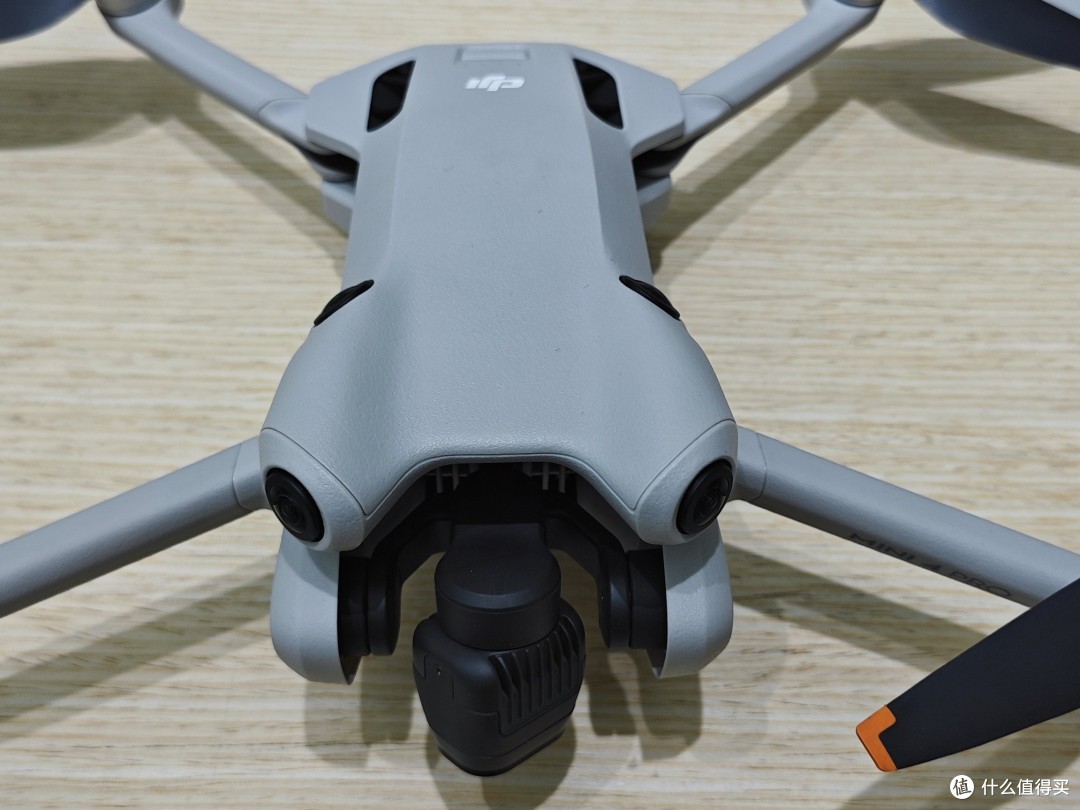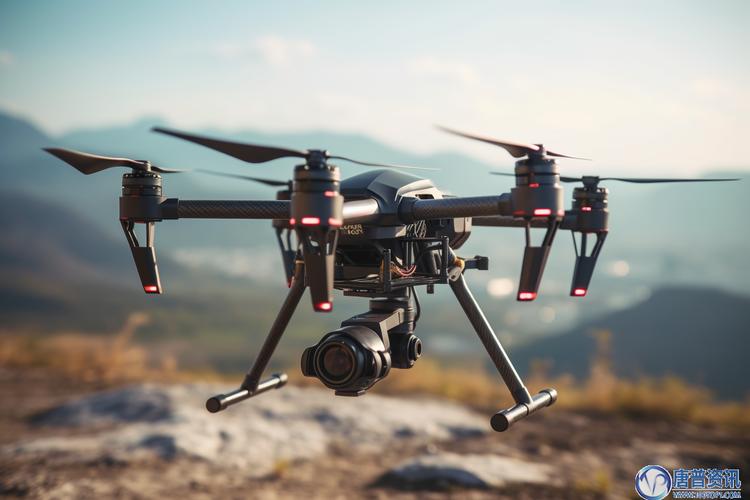Mastering the art of drone registration is crucial for ensuring compliance with the Federal Aviation Administration (FAA). In recent years, drones have transitioned from being novel gadgets to indispensable tools across various sectors such as agriculture, photography, and even delivery services. With an increasing number of drones taking to the skies, the FAA has implemented regulations to manage their operation and ensure public safety. This guide explores how to adeptly navigate FAA drone registration, enhancing your understanding and operation of these versatile machines.
Understanding FAA Drone Regulations
One of the first steps in proper drone management is understanding the regulatory landscape. The FAA requires drones weighing over 0.55 pounds (250 grams) and used in outdoor environments to be registered. This applies equally to commercial and recreational use, emphasizing the importance of distinguishing the intended purpose of your drone activities.
The Process of FAA Registering a Drone
The FAA registration process is straightforward, aiming to maintain accountability and awareness amongst drone operators. To begin, visit the official FAA drone registration website. It is essential to have details such as your drone’s make and model handy, as well as a credit card for payment. The registration fee is a mere $5, valid for three years, after which renewal is necessary.
A unique registration number is assigned upon successful compliance, which must be visibly placed on the drone. This identification system ensures that drones are easily traceable should issues arise during operations. For those wondering whether registration is transferable, note that a new registration is required when ownership changes.
Why FAA Registration Matters
Drone registration with the FAA is not just a legal obligation; it fosters responsible use and awareness among operators. A registered drone can be a deterrent to unlawful activity, promoting a culture of accountability. Moreover, in the event of accidents, this system aids in efficiently addressing such matters by swiftly identifying the involved parties.
For businesses utilizing drones, FAA registration is indispensable. It aligns with broader industry standards, enhancing credibility and trustworthiness in operations. Moreover, failure to comply can result in significant fines or other penalties, highlighting the necessity of adherence to these regulations.
Expanding Your Drone Operations
Once compliance is assured, enthusiasts and professionals alike can explore diverse opportunities that drones offer. From capturing spectacular aerial footage to delivering goods efficiently, drones have transformed access to innovative solutions and creative possibilities. It’s vital to stay informed about ongoing regulatory updates from the FAA to ensure continuous alignment with legal requirements.
Furthermore, registration allows you to join broader networks of drone operators, fostering community engagement and sharing best practices. This collaboration can lead to advancements in drone technologies and methodologies, promoting growth and innovation within the field.
Frequently Asked Questions
Do I need to register my drone if I fly it indoors?
No, FAA registration is required only for drones flying outdoors. Indoor drone operations do not fall under FAA jurisdiction.

What happens if I don’t register my drone with the FAA?
Failure to register can result in fines of up to $27,500 for civil penalties and $250,000 for criminal penalties, along with potential imprisonment for unregistered commercial use.
Can I use my drone internationally if it’s registered with the FAA?
FAA registration applies within U.S. territories. For international use, check the country’s specific drone regulations and comply with local registration requirements.